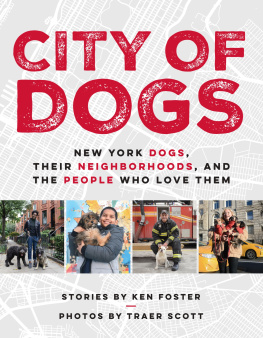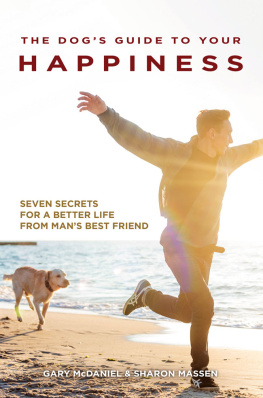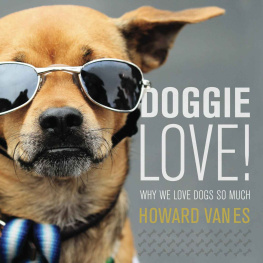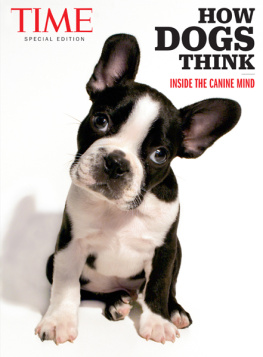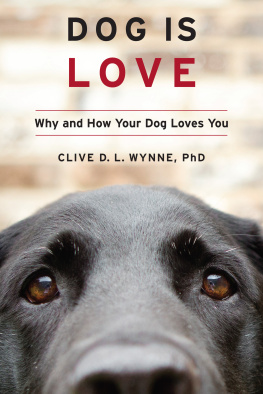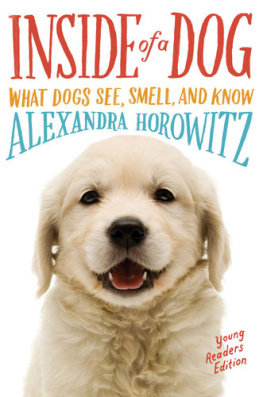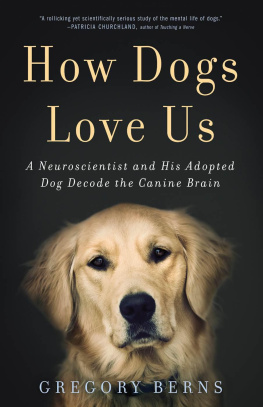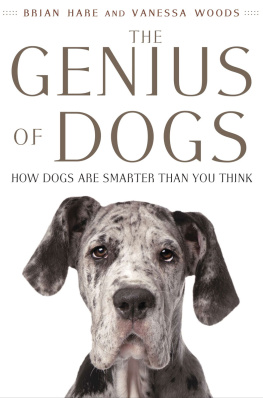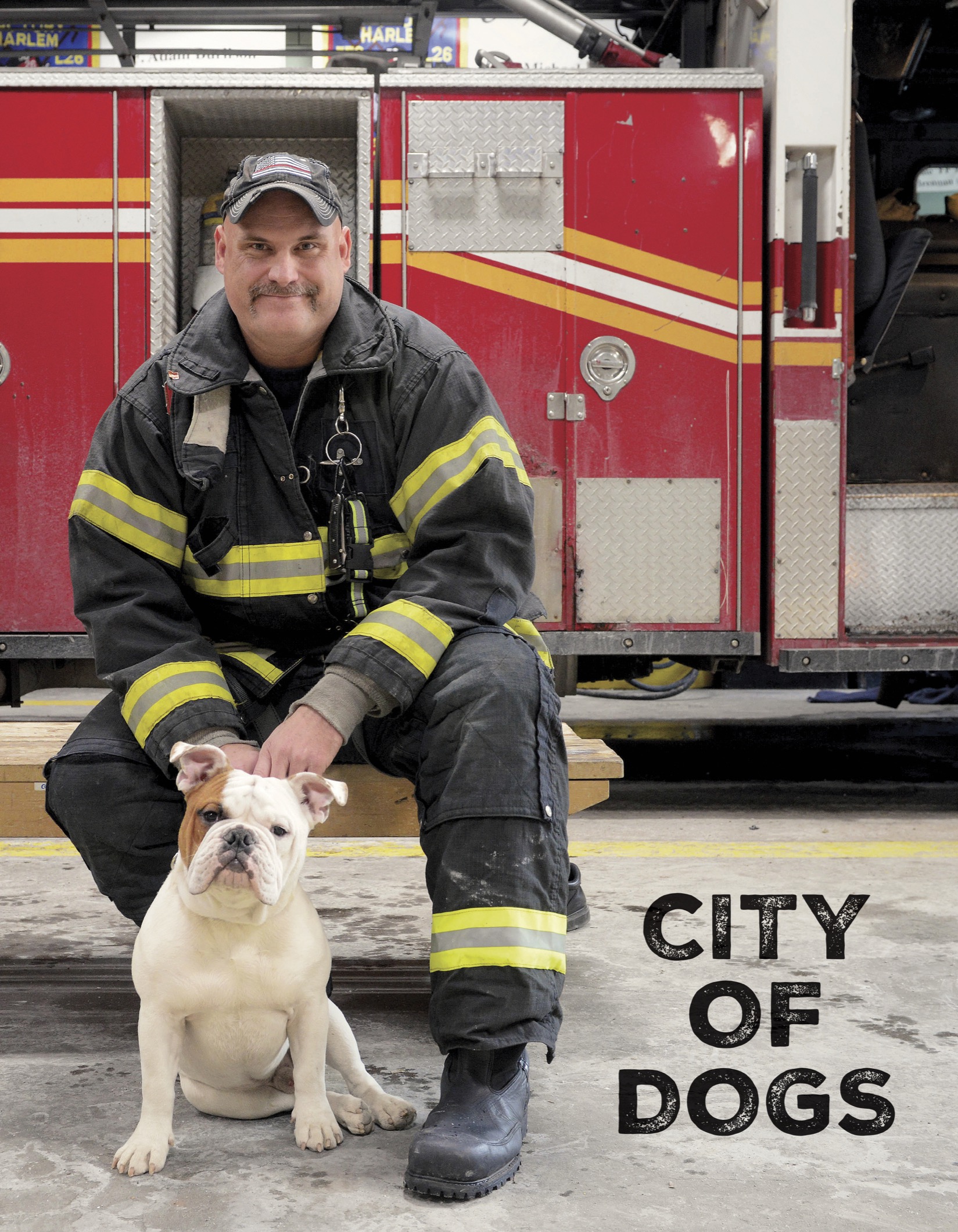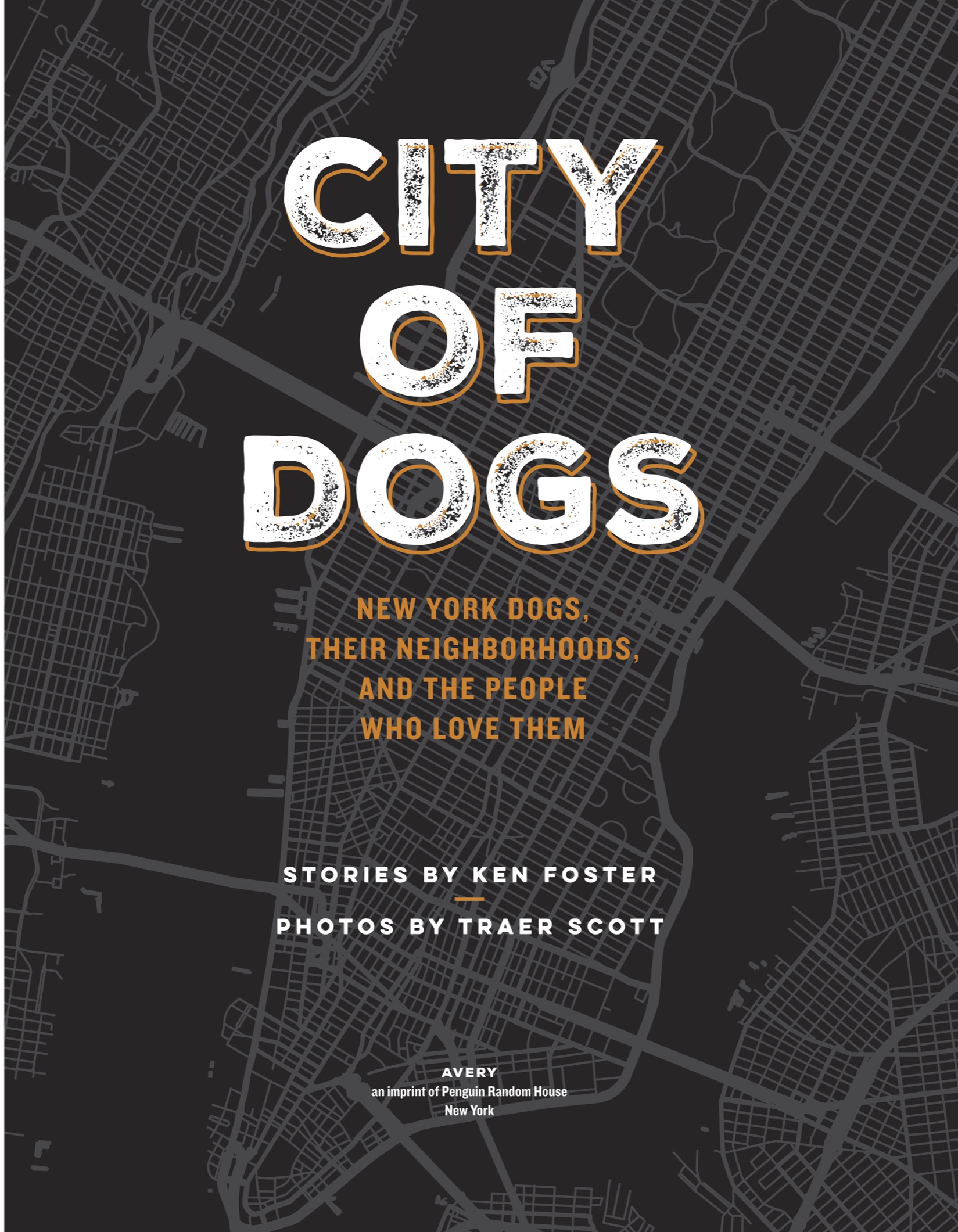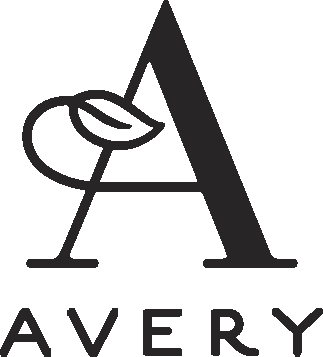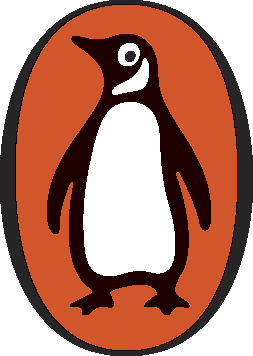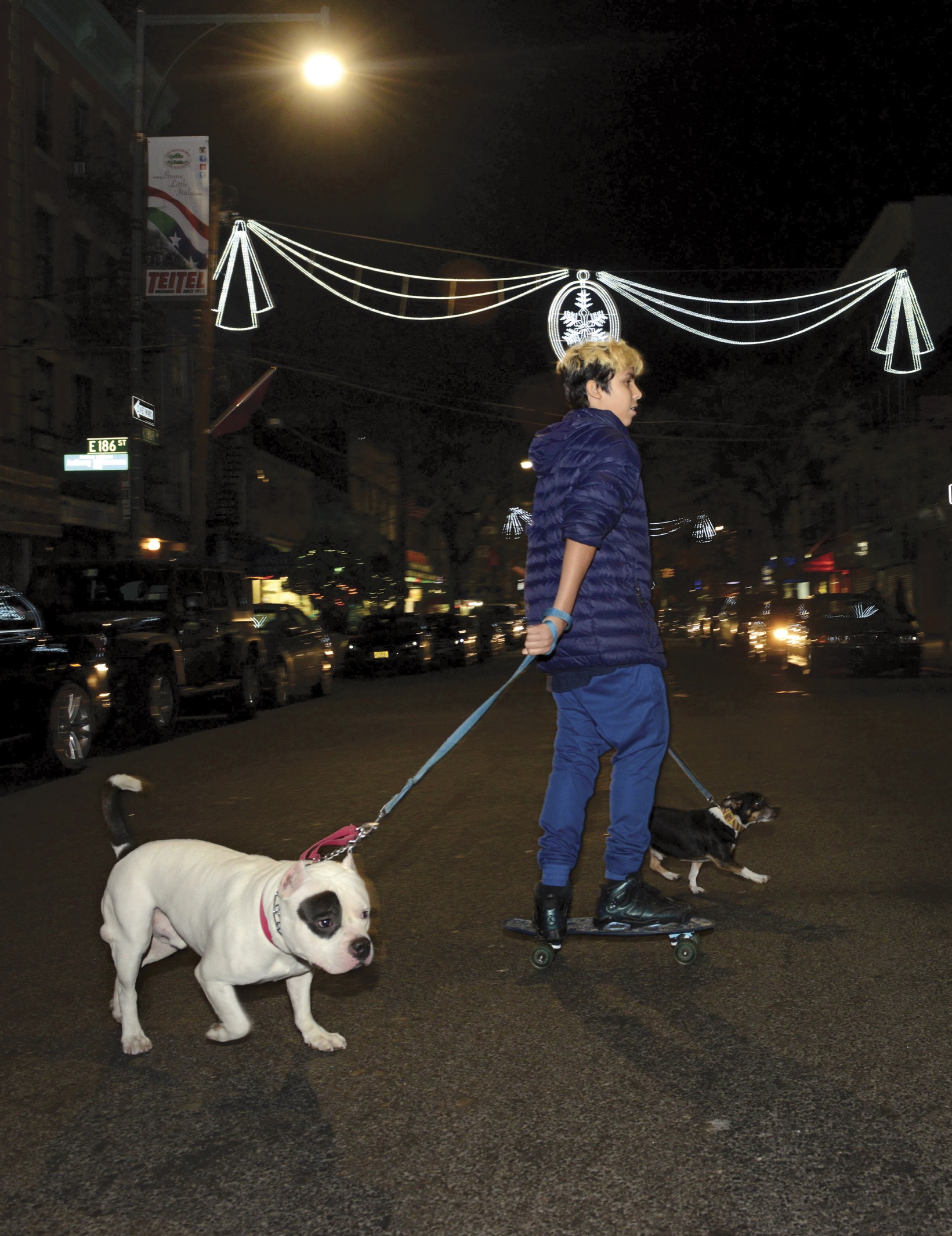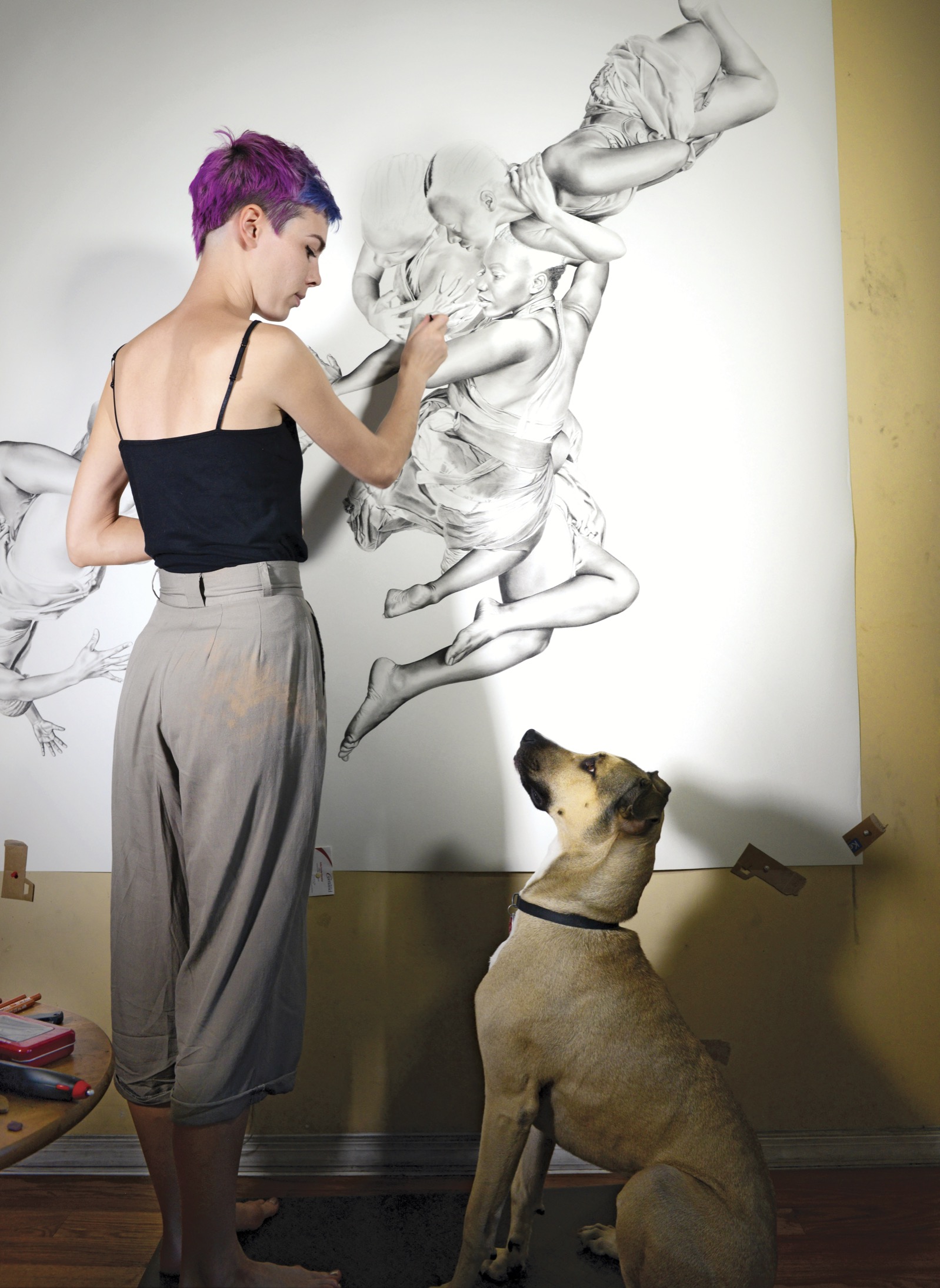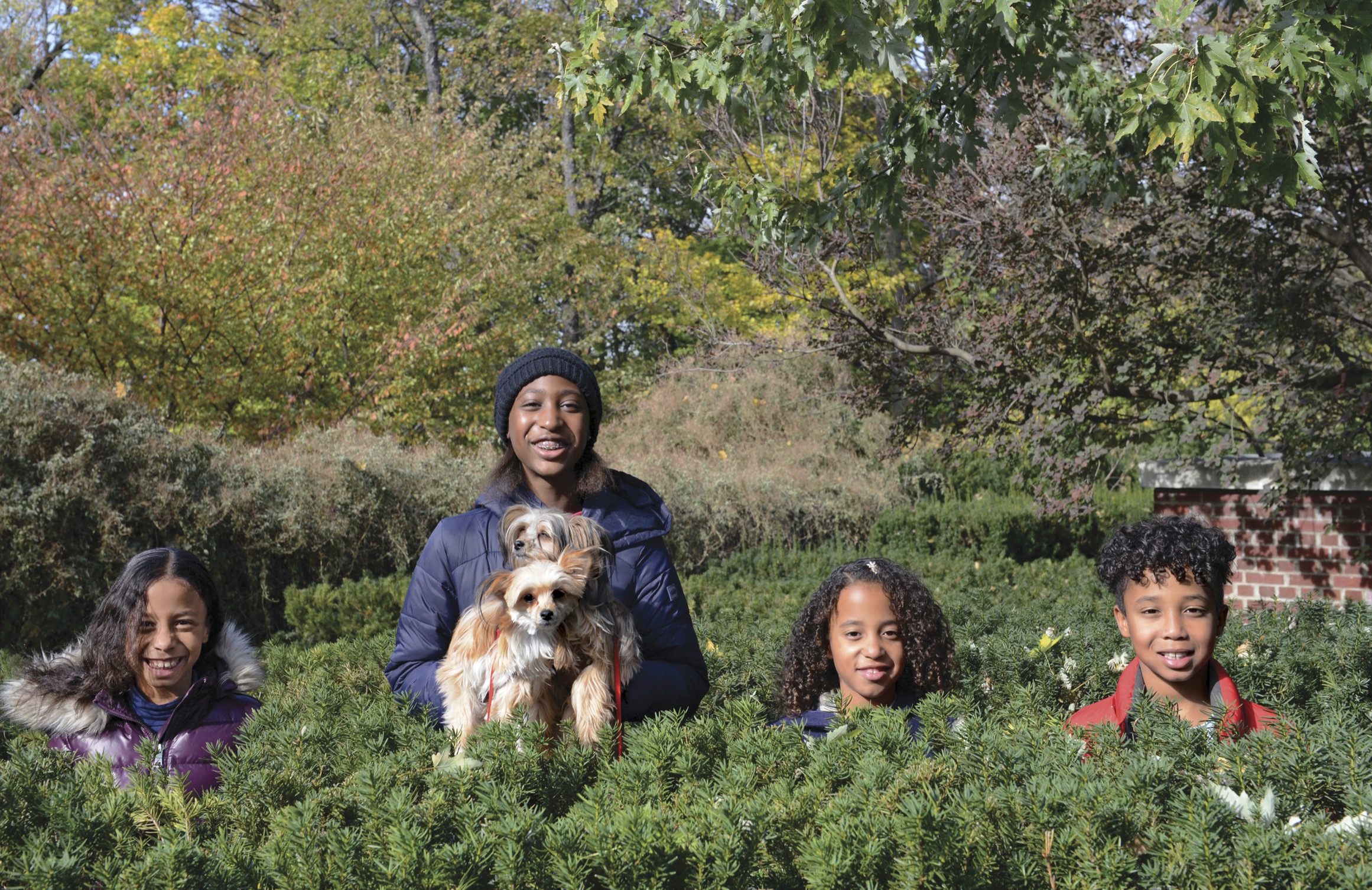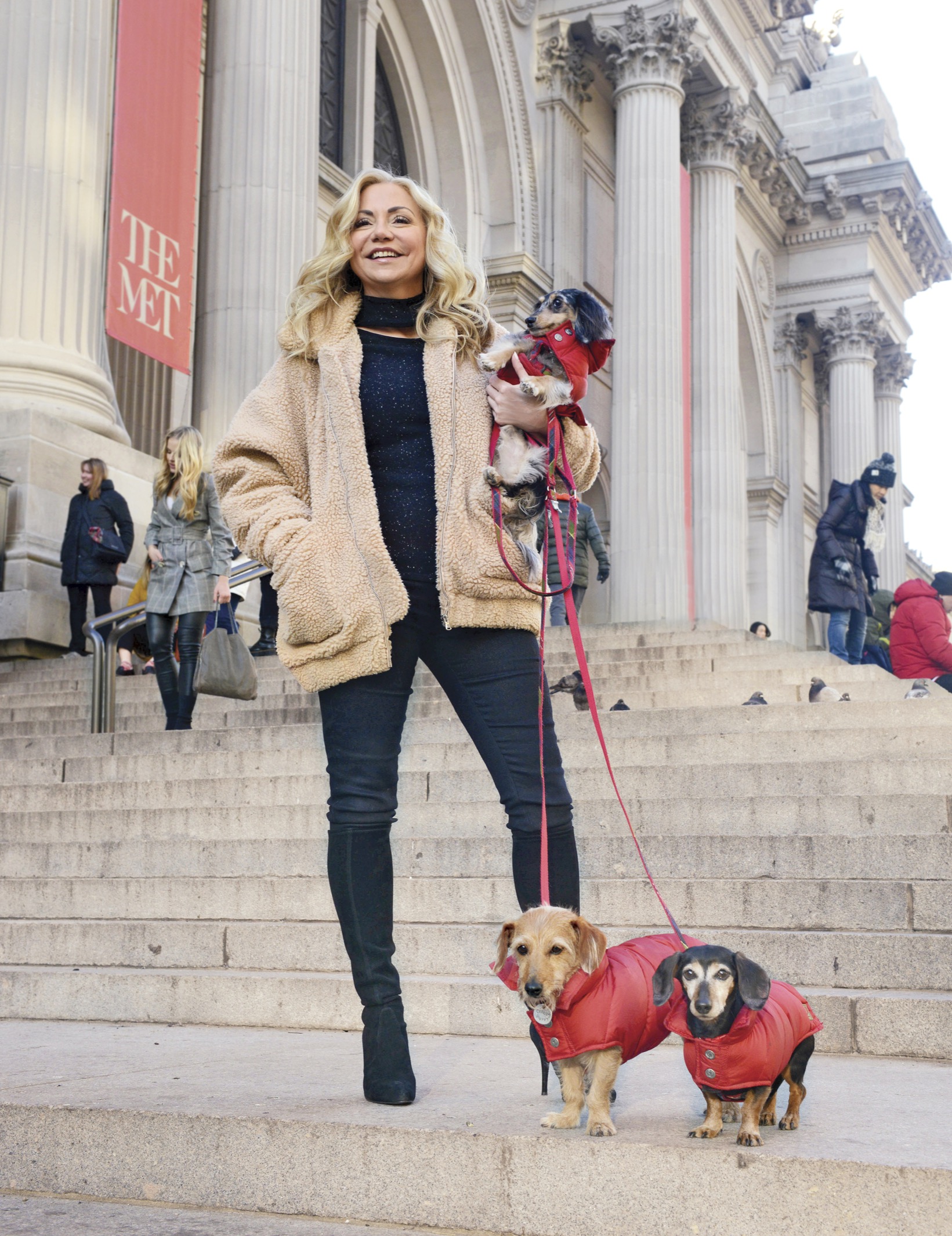Penguin supports copyright. Copyright fuels creativity, encourages diverse voices, promotes free speech, and creates a vibrant culture. Thank you for buying an authorized edition of this book and for complying with copyright laws by not reproducing, scanning, or distributing any part of it in any form without permission. You are supporting writers and allowing Penguin to continue to publish books for every reader.
While the author has made every effort to provide accurate telephone numbers, Internet addresses, and other contact information at the time of publication, neither the publisher nor the author assumes any responsibility for errors, or for changes that occur after publication. Further, the publisher does not have any control over and does not assume any responsibility for author or third-party websites or their content.
I THOUGHT I WAS A DOG PERSON
I am not a people person, I am a dog person. This means that I am much more comfortable around dogs than people. Always. People make me nervous: they are complicated and unpredictable. Dogs are rarely either. I understand dogs, and they understand me. Dogs have shaped how and what I love; they have defined my career and continue to inspire and comfort me every day.
When Ken asked me to join him on this project, I knew that I would love meeting and photographing forty New York dogs, but what surprised me was the powerful friendship and instant bond that I often felt with our human subjects.
Doing a photo shoot is always an intense experience. Its invasive, collaborative, and exhausting. Time stops while I have a camera in my hand. I am not myselfI am better. I have no limits or worries or awareness, I just am. And when I come to, I have the images to remind me of the crazy, beautiful unrehearsed thing that just happened. For City of Dogs, we were entering peoples lives in an extraordinarily intimate way. We came to their neighborhoods, we learned all about their family history, their love lives, their kids, their workplaces, and their sanctuaries. On many occasions we saw the good along with the bad, but on great days, we uncovered that vulnerable self that crouches under the face that [we keep] in a jar by the door, as the Beatles said. This more private self is not always what I photographedin some cases, it wasnt the right choicebut what I found utterly amazing was that the deeper we dug and the closer we got to the core of our subjects, the more we discovered that these were all really good people. Not being a people person, I found this to be a life-affirming realization.
Growing up in North Carolina, I always had a bit of a love/hate relationship with New York City. I feared the gritty, graffitied New York City of crime dramas but also felt like it was probably the place to be. At the beginning of my career, it was still the norm for aspiring artists to head to Manhattan or LA. I resisted and moved to Providence but remember telling my boyfriend (who later became my husband) that I would have to move to New York eventually, so hed better be prepared to come with me. For better or worse, the art and photo industry shifted massively in the early 2000s. With digital workflow and the Internet, it mattered less and less where you lived. Artists were no longer clustered in one of two metropolises but all over the country in small towns, cities, and the middle of nowhere. We could all access one another and work from anywhere. I love Providence, so I stayed there. But Ive always had this little itch in the back of my mind about living in New York, even just for a little while. Making this book gave me the chance to be a kind of honorary New Yorker. Photographing more than a hundred locations in all five boroughs, I have now seen more of New York City than many New Yorkers ever do. Ive been to landmarks and hidden gems, teeny apartments and majestic town houses, not to mention just about every vegan restaurant in the greater metropolitan area.
Ken wore many hats in the making of this book. He was a location scout, an incredible and inexhaustible resource for finding subjects, a driver who schlepped us from shoot to shoot, and a photo assistant, holding reflectors and light stands, often in unfavorable weather. Ken was very dedicated to our mission, which was to represent, as best we could, all of New York, not just the hip streets of Brooklyn and posh Manhattan hoods, but as many neighborhoods as possible through their remarkably diverse canine and human residents. We could have gone on forever and made an encyclopedic opus, but forty seemed like a good place to stop. Obviously there are many places, and types of people and dogs, that we couldnt fit in, but we have an amazingly diverse, exciting array of subjects, both canine and human, whose ages range from infant to senior and everything in between. We have mutts and mongrels, pure breeds and show dogs. We have teachers, writers, artists, performers, construction workers, accountants, lawyers, animal-welfare workers, doctors, shop owners, athletes, office workers, and more. But most important, in the end, I feel certain that we could chuck this large, somewhat random selection of New Yorkers who are so racially, economically, and culturally varied in one room together and they would all get along, because at their core, they are dog people. Loving and needing dogs in our lives is something that brings us together, no matter how different we are in other ways.
TRAER SCOTT
AN ANTHOLOGY OF DOGS
I grew up in Central Pennsylvania, but New York was always the City. My parents would load us up into our station wagon and drive to a Midtown hotel, leaving behind a houseful of cats, hermit crabs, tropical fish, and one single Samoyed for a temporary life of museum hopping and side trips to FAO Schwarz and Creative Playthings. Our home was full of pets; our city adventures were completely absent of them.

